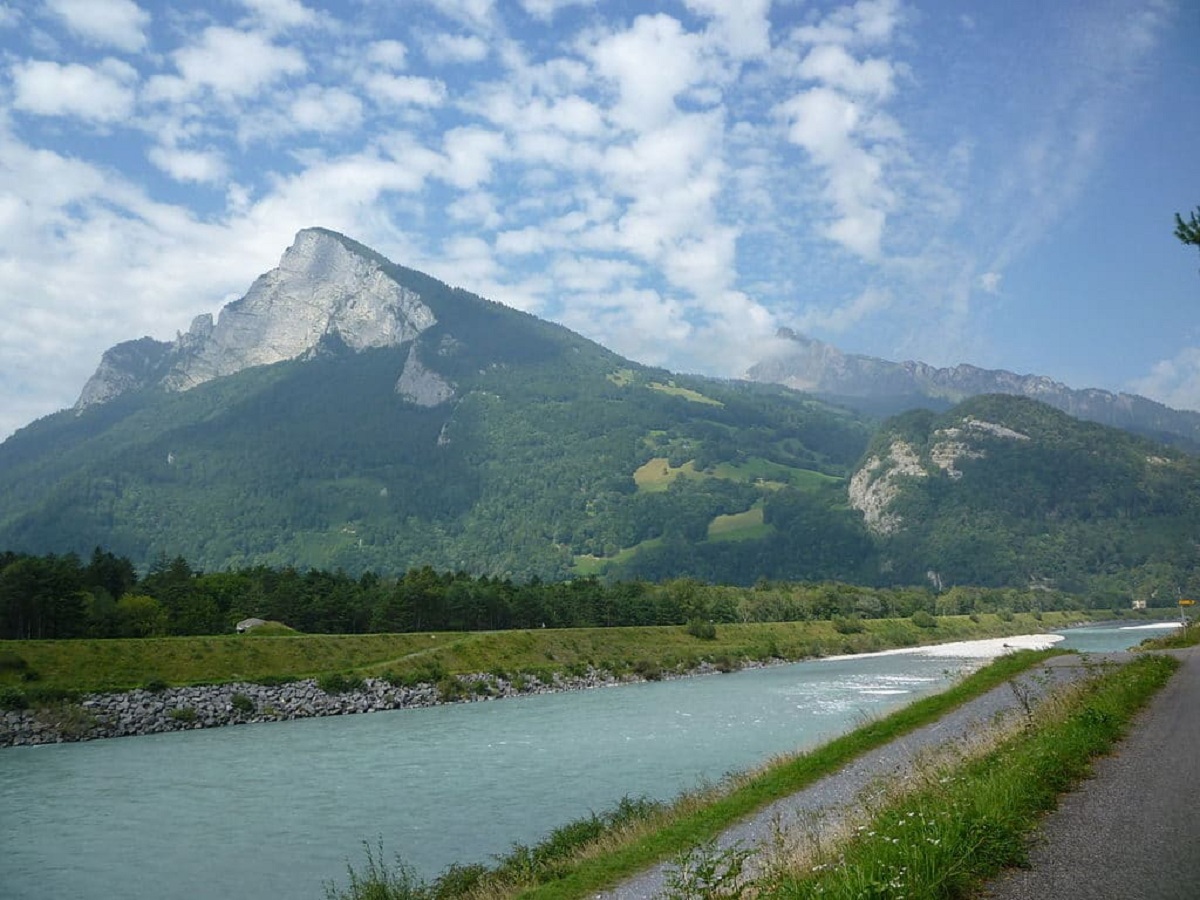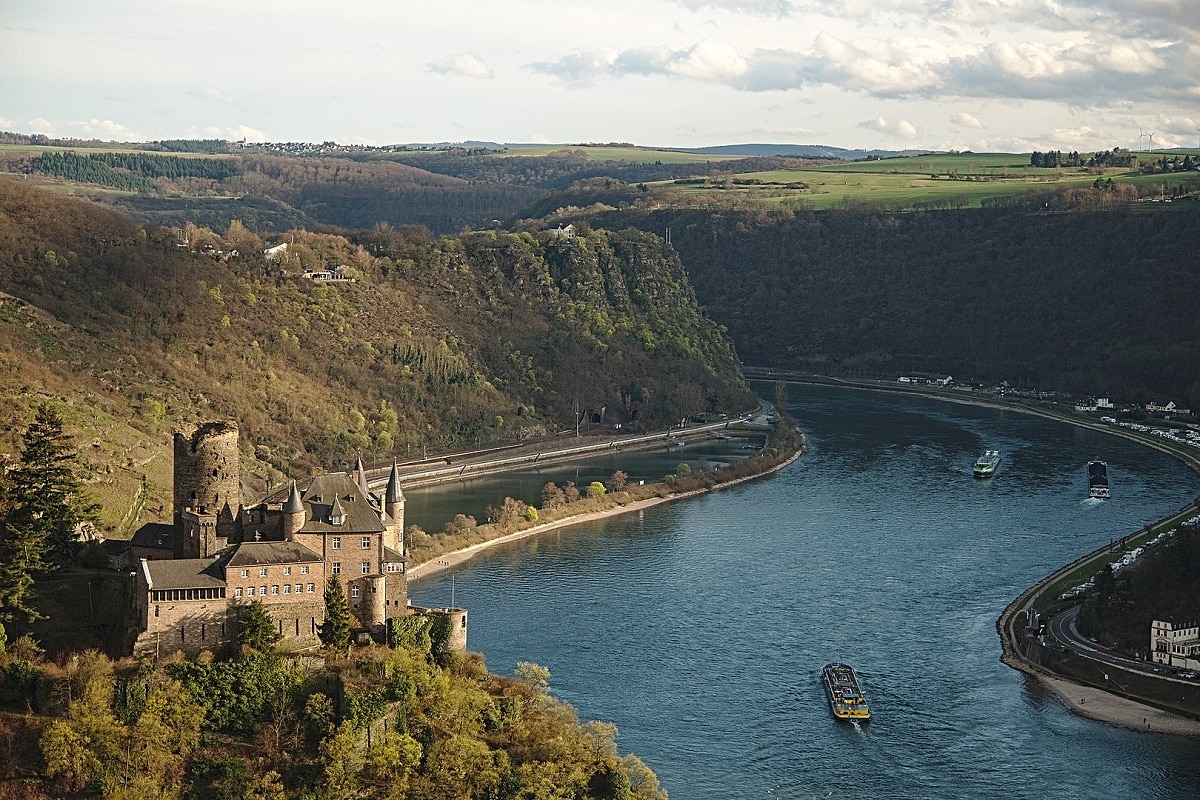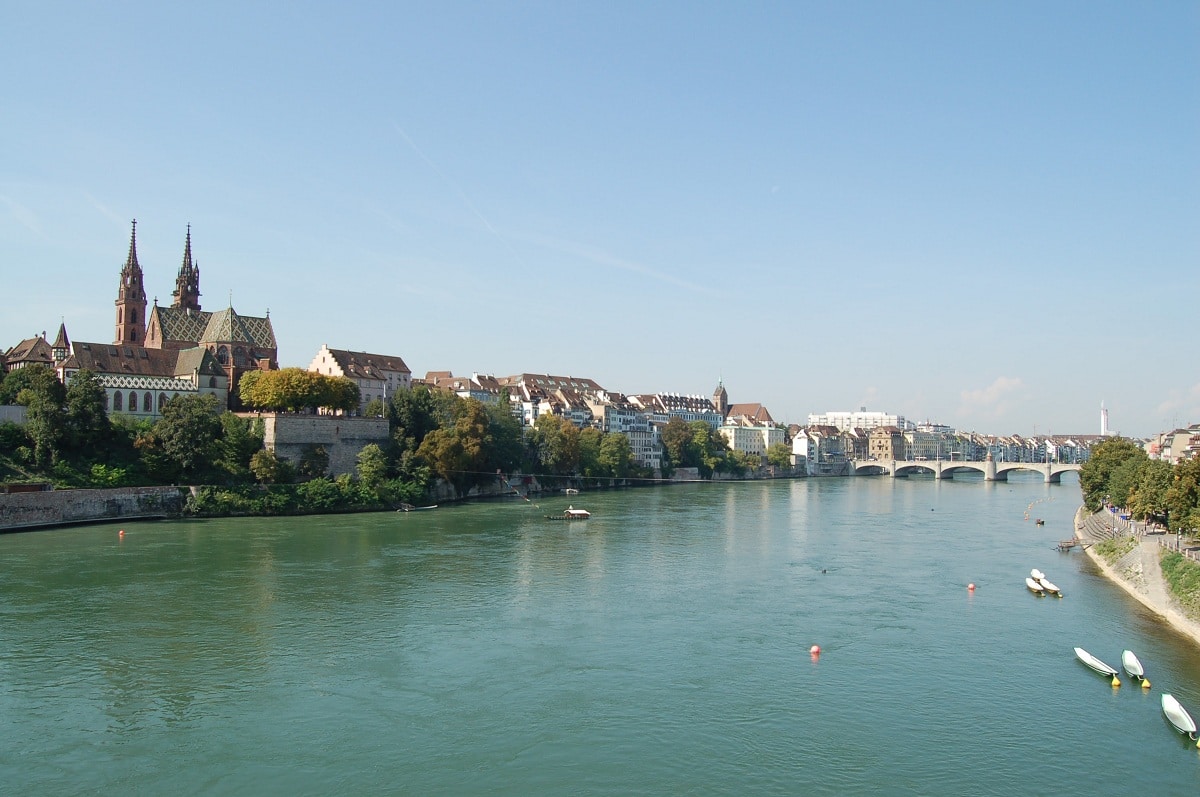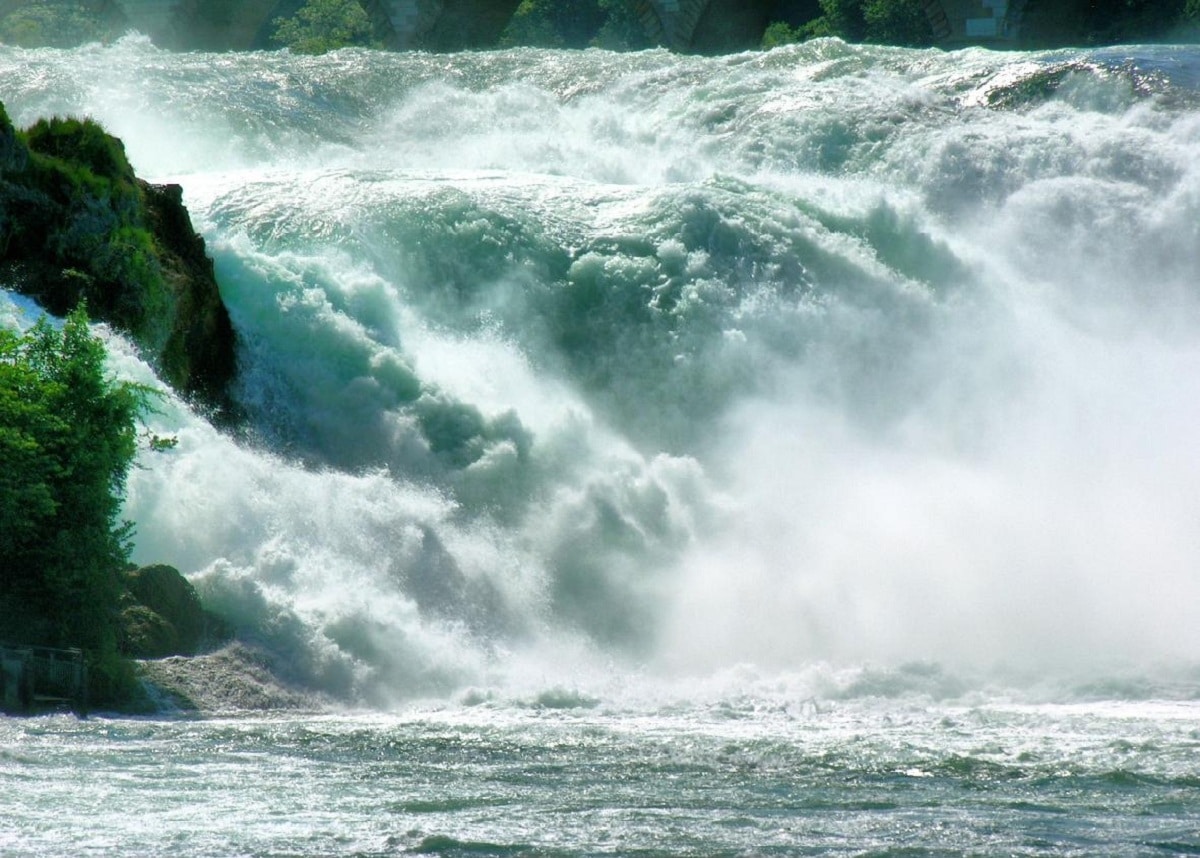
Today we are going to talk about the longest river that runs through Germany. Its about Rin River. Although it is small in size compared to other known rivers in the world such as the Nile and the Amazon, it is part of one of the most important waterways in all of western Europe. It is one of the rivers that is completely adhered to by German culture since there are stories, myths, legends and other songs of which the Rhine River is the key.
In this article we are going to tell you about all the characteristics, formation, geology, flora and fauna of the River Rhine.
Key features

It is a body of water that is located in European territory and passes mainly through Germany. Its birth takes place in the region of the canton of Grisons, located in the Swiss Alps. Its mouth ends in the North Sea and has a length of 1230 kilometers. Its waters flow in a direction from the north to the northwest and are due to a hydrographic basin that has an approximate area of 185.000 square kilometers. They tend to have a fairly high flow volume, with an average of around 2900 cubic meters per second.
It is fed by the waters of other smaller rivers that serve as tributaries and are the following: the Tamina, the Rein da Medel, the Neckar, the Moselle, the Ruhr and the Lahn. The Toma River is considered the main tributary of the Rhine River, but it is not called by this name, but until the area where the Vorderrhein and Hinterrhein rivers meet, it does not receive this name. Once they have passed these rivers the way forward passes through an alpine glacial valley that is known as the Rhine Valley.
As its course progresses, The terrain begins to be somewhat flatter and the waters pour into Lake Constance and then move to the west. When it reaches the north of Switzerland there is a kind of waterfall since it falls to a height of about 23 meters.
They are not really big or impressive falls but they are very beautiful to see. Once it has reached the stage of the waterfall, it continues its way towards the sea. When it is near its mouth, the Meuse and Scheldt rivers join and between the subjects they form a delta with a multitude of channels.
Formation of the river rhine

We must know that There is still no consensus that dictates the exact age of this river. There are some studies that fail to determine definitive data on the age of the river. It is known that the formation of this river is due to a natural consequence produced by the elevation of the lands and the formation of the mountain ranges. During the Eocene epoch, the orogeny in the end caused a crack that went from north to south and that made several bodies of water that existed at that time go down.
Once this orogeny led to areas that could be bodies of water, a small stream began to form. This has been learned from observing the oldest Rhine river sediments to date. All these sediments date from Miocene.
The small stream took another thousand years to transform its course because the sea level was rising in the region of the Netherlands. As a result, the river Rhine changed its course during the Holocene epoch.
Flora and fauna of the river Rhine

We are going to see which the most abundant flora and fauna of this river. Keep in mind that it is capable of housing several species of animals and more than 50 species of flora. Some of the most abundant fish found throughout the river are common trout, brook lamprey, barbel, river lamprey, golden carp, rutile, common eel, and grass carp.
If only we count more than 50 species of fish are found of which 37 of them are native and the rest have been introduced by humans over time. Not only does it have fauna linked to water, but it also has other types of fauna that surround the entire ecosystem. We see numerous types of birds that live in your area. They spend the whole winter there to be able to rest from the migrations. For example, we see species of birds such as the mallard, the face goose, the European poodle, the tufted poodle, the common coot, the great crested grebe, the osprey and the great cormorant. There are also some swans that are part of the fauna of the birds that belong to this river.
Various species of amphibians and reptiles are also found throughout the Rhine river basin. They stand out among them the red frog, the common toad and the collared snake.
As for the flora, it is made up of aquatic plants such as reeds that are found in a swirling manner on the banks of the river. There are some perennials that have flowers that tolerate moist soils. These plants are lilies. Other flora can also be found around the river that form grasslands and areas with shorter grasses. In some areas where plants can grow taller, small riparian forests can form.
Economic importance
It must be taken into account that this river is a navigation route in the interior of Europe and because of it it has great economic importance for the surrounding countries. It is possibly the most important in the west of the continent. Of the total length of the river, 880 kilometers are navigable and it joins the Danube through channels. Near the banks are many roads and railways that also pass from one place to another.
The economic importance of this river is that industrial goods and people can be transported through its waters. Thanks to its strategic location, it has been involved throughout history in political conflicts.
I hope that with this information you can learn more about the river Rhine and its characteristics.